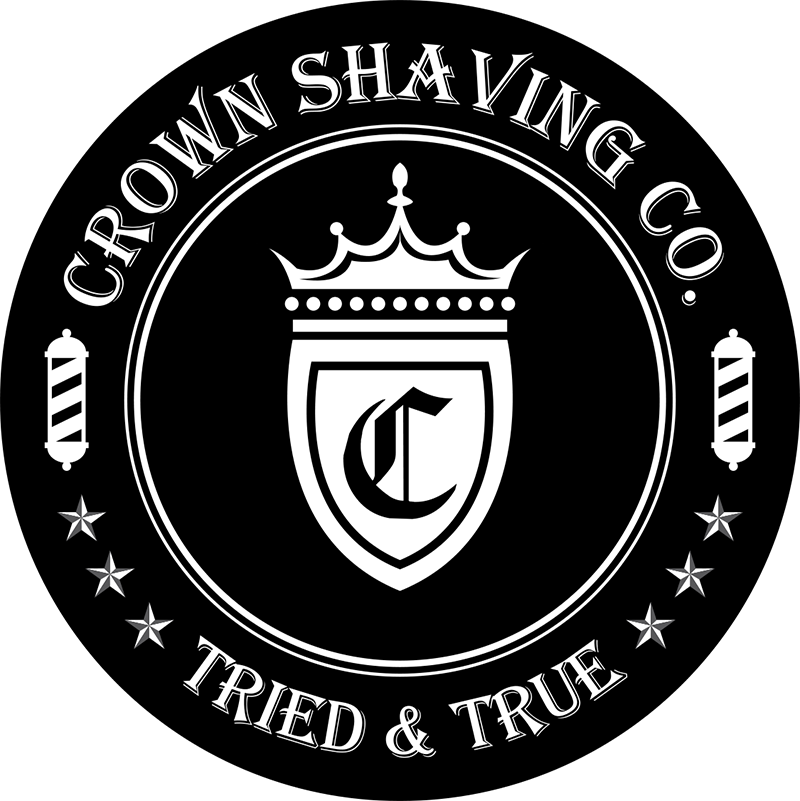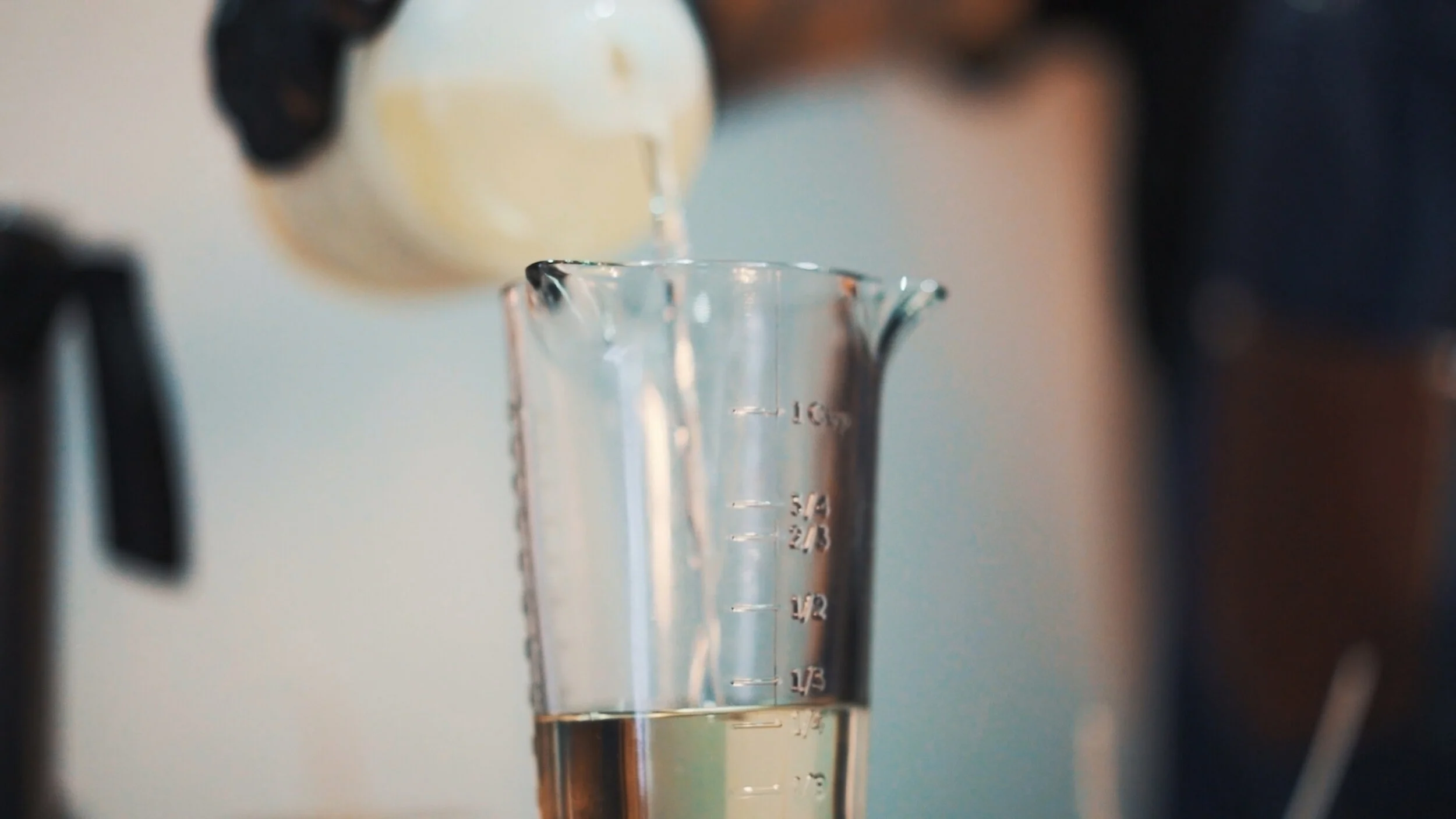A Guide to Every Key Ingredient In Men's Grooming Products
You know what they say: If you can’t pronounce it and it’s getting slathered on your face, then you should probably get to know it. Image: @dariocproductions
Gentlemen, here’s a scene some of you know too well:
You’re out of x grooming product. 2. Accepting your fate, your logic bounces between a trip to the store and an online order. 3. You choose the store on account of accepting the sedentary life’s no way to live. 4. Upon arrival, you hang a left/right into the grooming aisle and spot the same product you’ve used since birth, knowing it may or may not have produced those rashes in your funny spots for just as long. 5. You inspect the sides of other products but “paraben-free” sounds pretentious, and the price just ain’t right in this economy. 6. You go with the bottle of bought-since-birth. 7. Repeat.
If you’re a man for whom reading ingredients incites dread, the question’s why? Why, when you know skin’s porous and the North American cosmetic industry’s not regulated? When your gut says some chemicals might be hard on your hide, don’t brush it off, especially since some chemicals are, in fact, suspected to be bad for you.
And if you care about all this, but lack that perfect guide to help it all make sense, well, Maximus, come along.
Here’s a definitive guide to all the noteworthy ingredients listed in the most common grooming products known to man.
Now you’ve got no excuse.
Sulphates a.k.a. Sulfates (Sodium Lauryl Sulfate and Sodium Laureth Sulfate)
Where They’re Found: Aerosol shave gels, shampoos, toothpastes, body washes
The Gist: Sulphates have a simple job — they make foam when water gets into the mix, which nixes friction when you rub shampoo onto your scalp. And as “surfactants,” sulphates do away with dirt and and, with any luck, anything else grime-wise.
Are They Bad? They won’t enslave your mind, but sulphates can be known to dry out skin by stripping it of sebum, an oil it makes to maintain moisture. That’s why we always tell you guys to shampoo twice, max three times a week, or you’ll risk a dance with those wretched flakes. Speaking of, sulphates have also been known to cause an itch. And no, there’s still no evidence that proves these chemicals cause cancer.
Parabens (Methylparaben, Butylparaben, Propylparaben, etc.)
Where They’re Found: Many fragrances,
The Gist: Parabens are used to keep cosmetic products from doing things you don’t want, like grow mould. They are, in effect, preservatives.
Are They Bad? Maybe. The European Commission on Endocrine Disruption recognize parabens as ‘Category 1’ priority substances, meaning they’re a top cause for concern and listed for further study. Why? The Europeans have discovered parabens can mess with the function of human hormones (you know, that which regulates one’s metabolism, sleep cycle, sexual reproduction and heart rate, among other big deals). There’s little wonder, then, why the European Union forbids concentrated amounts of the chemical in cosmetics sold in the continent. This past spring, the Canadian federal government finally recognized seven parabens as “toxic,” and added them to “the toxic substances list of the Canadian Environmental Protection Act.” America’s FDA, on the other hand, doesn’t see a scientific need to ban parabens, alleging their data proves parabens have “no effect on human health.”
Benzyl alcohol
Where It’s Found: Your dad’s after shave splashes, hand sanitizers
The Gist: This stuff’s an antiseptic. That means that, like rubbing alcohol, it’ll make cuts sting if laid on thick. But, that also means it’s doing its job as a disinfectant of impurities you don’t want around. Just don’t lay it on thick when you clean your hands.
Is It Bad? A little isn’t bad, no. But a lot will dry out your skin in no time.
Vitamin A Compounds (Retinol, which includes Retinyl Acetate)
Where They’re Found: Face washes, moisturizing lotions, anti-aging creams, sunscreen lotions
The Gist: Retinol’s the fancy (read: chemical) name for Vitamin A, an essential micronutrient that helps heal and regenerate skin tissue. Brands behind things like anti-aging creams believe if you use retinol consistently, it’ll delay wrinkling (we say there’s nothing wrong with some crow’s feet).
Is It Bad? Not in moderate doses, no. There’s research that suggests too much Vitamin A can hurt you. Back in 2012, The governments of Germany and Norway released reports that show Vitamin A toxicity is, in fact, a thing. Or at least it could be; According to health regulators from both countries, Europeans and North Americans get plenty of Vitamin A in their diets from stuff like carrots, spinach, broccoli and tomatoes, and if we consume more than we need via cosmetics, we risk liver damage,
Aluminum
Where It’s Found: Anti-perspirants, deodorants
The Gist: Aluminum blocks sweat from pouring through your armpits, hence its abundance in brand name anti-perspirants.
Is It Bad? If your axillae are sensitive, there’s a chance they won’t like this stuff. And if you’ve ever used a deodorant gel and later found yourself scratching them with wanton fury, then an aluminum-free alternative might sort things out. Oh yes, that was a shameless plug.
Vitamin C a.k.a. Ascorbic acid
Where It’s Found: Everything from face washes to toners
The Gist: Vitamin C’s an antioxidant, so it’ll kill skin blemishes and infections.
Is It Bad? To the contrary, Vitamin C is an anatomical warrior, if anything. It helps regulate immunity, heal wounds, produce collagen — a key protein that makes your skin and blood vessels — and maintain bone and teeth health. What sucks is the body doesn’t store it, so you need to get it from eating citrus fruits and leafy veggies like broccoli.
Triclosan and triclocarban
Where It’s Found: Liquid soap and soap bars respectively, toothpastes, mouthwashes (but not ours), deodorants, body washes
The Gist: Both are anti-bacterial agents, and the former helps kill plaque in teeth.
Is It Bad? This one’s curious at the least. Triclosan’s been reviewed plenty by the FDA, and while the drug regulator banned the substance in soap and confirm there’s no proof it’s any good for you when used via anti-septic products, they point out an exception: a 1997 study suggesting triclosan in toothpaste products helps fight gingivitis. One 1997 study.
There are more breadcrumbs in the form of triclosan doublespeak from a certain, bigger player in cosmetics, but we like not getting sued, so, do not take that as a hint to find it yourself. And there’s this 2016 study that suggests triclosan’s no good for the human microbiome, a place in our guts teeming with bacteria that helps immunity do its thing.
Glycerin
Where It’s Found: Skin lotions of all types, you name it
The Gist: When it comes to moisturizers, there are few ingredients that work quite like glycerin. Unlike emollients, oils that smoothen skin but repel water, glycerin is a humectant and stores moisture by attracting H20 to itself. How cool is that?
Is It Bad? Not at all.
Witch Hazel
Where It’s Found: After shaves tonics, skin toners
The Gist: Witch Hazel’s an essential oil extracted from the bark of a North American flower called Hamamelis Virginiana, and it’s been used in all manner of apothecary and skin products for decades. As a utility treatment, Witch Hazel takes care of everything from sunburns to small cuts to ingrown hair, reducing redness and inflammation.
Is It Bad? Not so much. In fact, a 2007 study proved that witch hazel can treat diaper rashes and other minor skin irritations in a localized study with children who’s ages ranged from 27 days to 11 years. By the way, like wine, Witch Hazel’s got tannins, a natural astringent that tightens pores and helps keep breakouts at bay.

